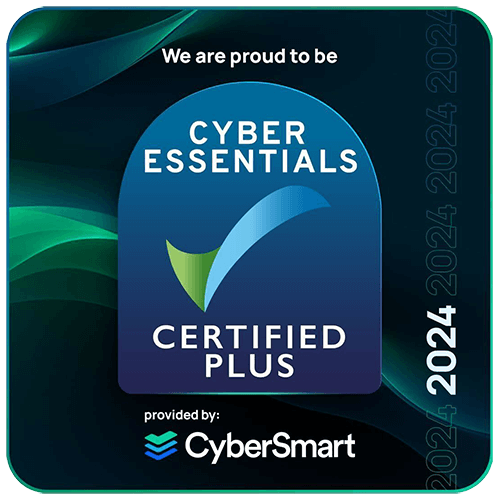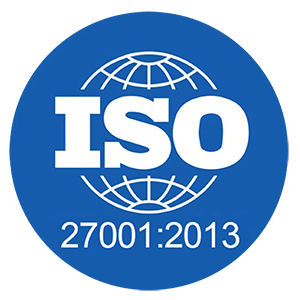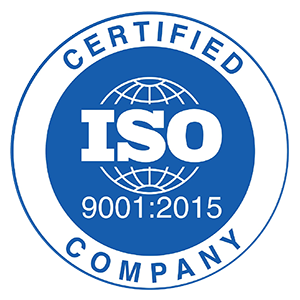Author: Humaira Qureshi, President of Qinecsa Solutions
The pharmacovigilance industry is in an unprecedented era of change. PV teams are experiencing year-on-year increases in case volumes, driven in part by increased awareness and reporting by patients. Regulatory agencies are embracing the opportunities provided by innovation and technology, and the rise in methods and formats to report adverse events has increased the need for rapid intake and assessment of post-marketing safety data.
These challenges are not new; however, the complexity and interconnected nature of pharma’s processes mean the industry has historically been resistant to change. Then along came COVID-19. The unprecedented nature of the pandemic became a catalyst for change as companies needed to implement procedures to support the sudden change in the way we worked.
As a service provider, it was essential to rapidly adapt processes that enabled remote working to ensure business continuity for our clients. Coupled with that, the global vaccination programs brought case volumes like never seen before and created a highly competitive market for case processing expertise. We needed a framework to ingest and evaluate safety data consistently and faster while maintaining a high level of quality.
Similarly, business transformation needed to occur within pharma. Although the transformation was already underway in many instances, progress had been slow. However, such was the need during the pandemic that pharma had to identify and implement new technologies within a matter of weeks, including adapting long-standing processes, to enable business continuity in a compliant, efficient manner.
“Ultimately, the COVID-19 pandemic helped us all be more aggressive, confident, and embracing of change.”
Challenges faced by pharmacovigilance teams today
Every company has unique challenges based on the complexity of their products, portfolios, and patient groups, along with their commitments to regulators. However, we see common themes across our clients (whether small, mid, or large pharma).
- Inconsistencies and errors during data intake leading to reduced quality
- Multiple data sources, each with different data formats, increase the complexity of processing and analysis
- Managing costs with increased volumes and data complexity
- Lack of process harmonization across regions, resulting in overly complex workflows
- Lack of consistency in the way data is assessed, especially as roles change
- Barriers to change due to the inherent risk-averse nature of the pharma industry
- The ability to introduce technology aligned with regulatory compliance and expectations
Adapting to Current and Future Needs
To meet current and future needs, a new mindset is required to view change as an opportunity for evolution. Both pharma companies and service providers now recognize that processes created 15+ years ago (or more) no longer serve their purpose and hinder progress. Many processes must be revised to realize the potential of automation and technology to streamline pharmacovigilance processes and accelerate decision-making, either in isolation or through a hybrid model.
Take literature management for example, where AI and machine learning can streamline screening and ICSR detection to significantly reduce manual effort. With high levels of articles or citations resulting in no ICSR identified, PV teams should reconsider whether current quality assurance processes are still appropriate. We recently worked with a client to rationalize their QA procedures following the introduction of automation, helping them to introduce tiered QA based on case complexity and format.
Standardization of case intake is another critical area for automation. The range of reporting channels has increased resulting in multiple data formats and languages, which introduces an additional layer of complexity in data processing and analysis. Technology will play an important role in enabling consistent, standardized intake of case reports across different sources to increase the quality of reports and reduce associated administrative burden such as follow-up.
Finally, when it comes to the analysis of data, it has become increasingly important to remove the subjectivity of data reviewers which results in potential ambiguity.
The science of pharmacovigilance must now leverage analytics and predictive analysis tools to reduce the dependency on individual personalized assessments and ensure conclusions are consistent, repeatable, and traceable.
To adapt to the changing landscape pharmacovigilance teams must build their global expertise creating hubs and regional knowledge centers to ensure global and local expertise across the PV framework is complemented by technology to introduce sustainable, efficient, and cost-effective models to support product portfolios.
Reinventing pharmacovigilance outsourcing
The fundamental principles of pharmacovigilance have not changed in the past two decades: intake, processing, review, analysis, and reporting of data. However, the complexity of how we receive cases is forcing us to think about how we process and review that data.
At Qinecsa, we have been through a journey from traditional service provider to one that brings together services, consultancy, and technology to address the changing needs of the pharmacovigilance landscape. We are taking our foundations of unrivaled expertise and complementing it with technology to drive processes forward through automation and analytics.
Through this approach, we can collect data in a consistent, efficient manner with a sustained level of quality for faster decision-making so our clients can support and protect their patients.
In this era of rapid evolution, Qinecsa’s visionary strategies empower companies to adapt, ensure patient safety, and triumphantly support their invaluable product portfolios. Together, let’s embark on a journey of commercial excellence in pharmacovigilance.


